I was assigned a task that requires creating a Decision Tree Classifier and determining the accuracy rates using the training set and 10-fold cross-validation. I went over the documentation for cross_val_predict as I believe that this is the module I am going to need.
What I am having trouble with, is the splitting of the data set. As far as I am aware, in the usual case, the train_test_split() method is used to split the data set into 2 - the train and the test. From my understanding, for K-fold validation you need to further split the train set into K-number of parts.
My question is: do I need to split the data set at the beginning into train and test, or not?
